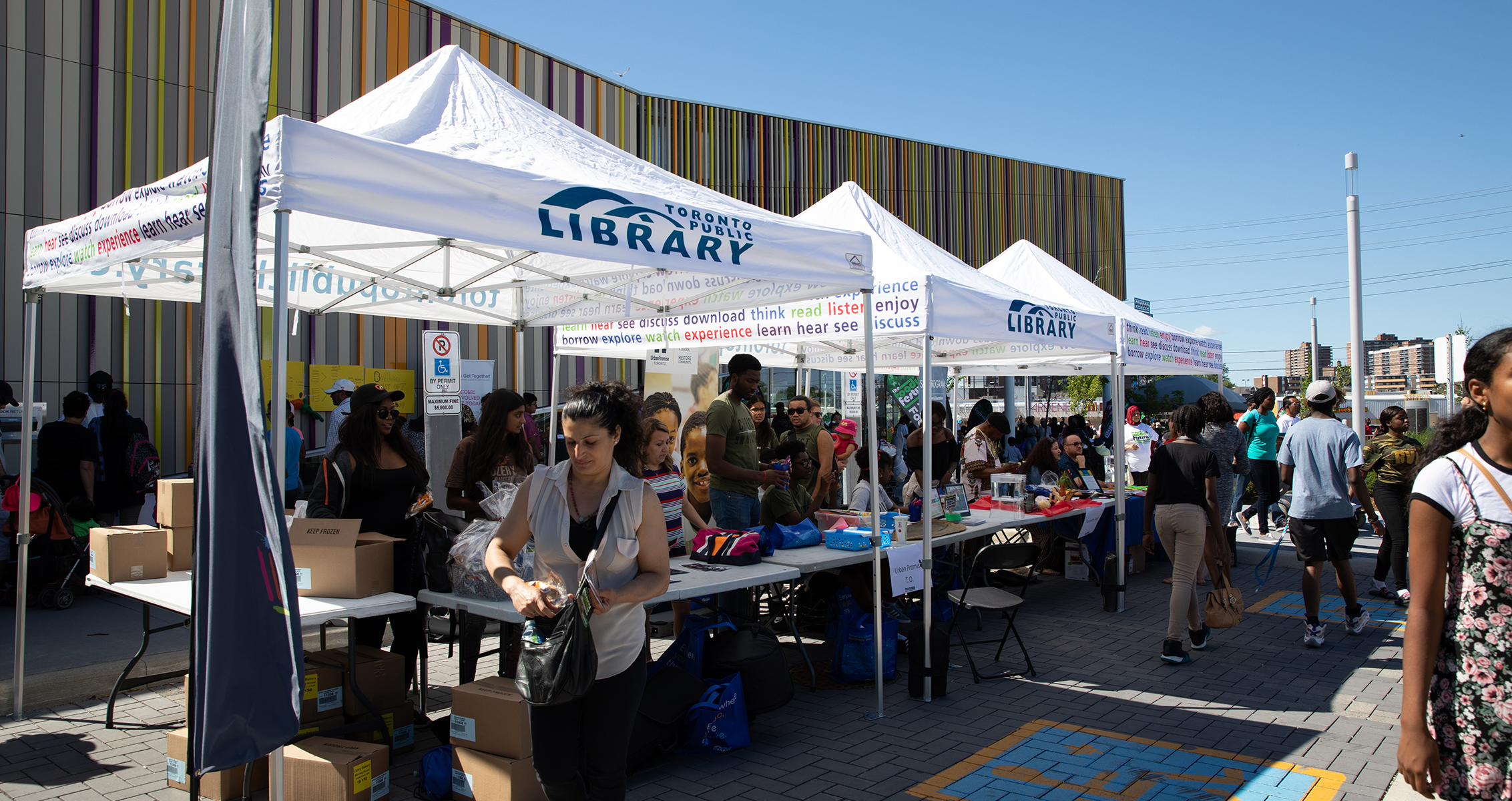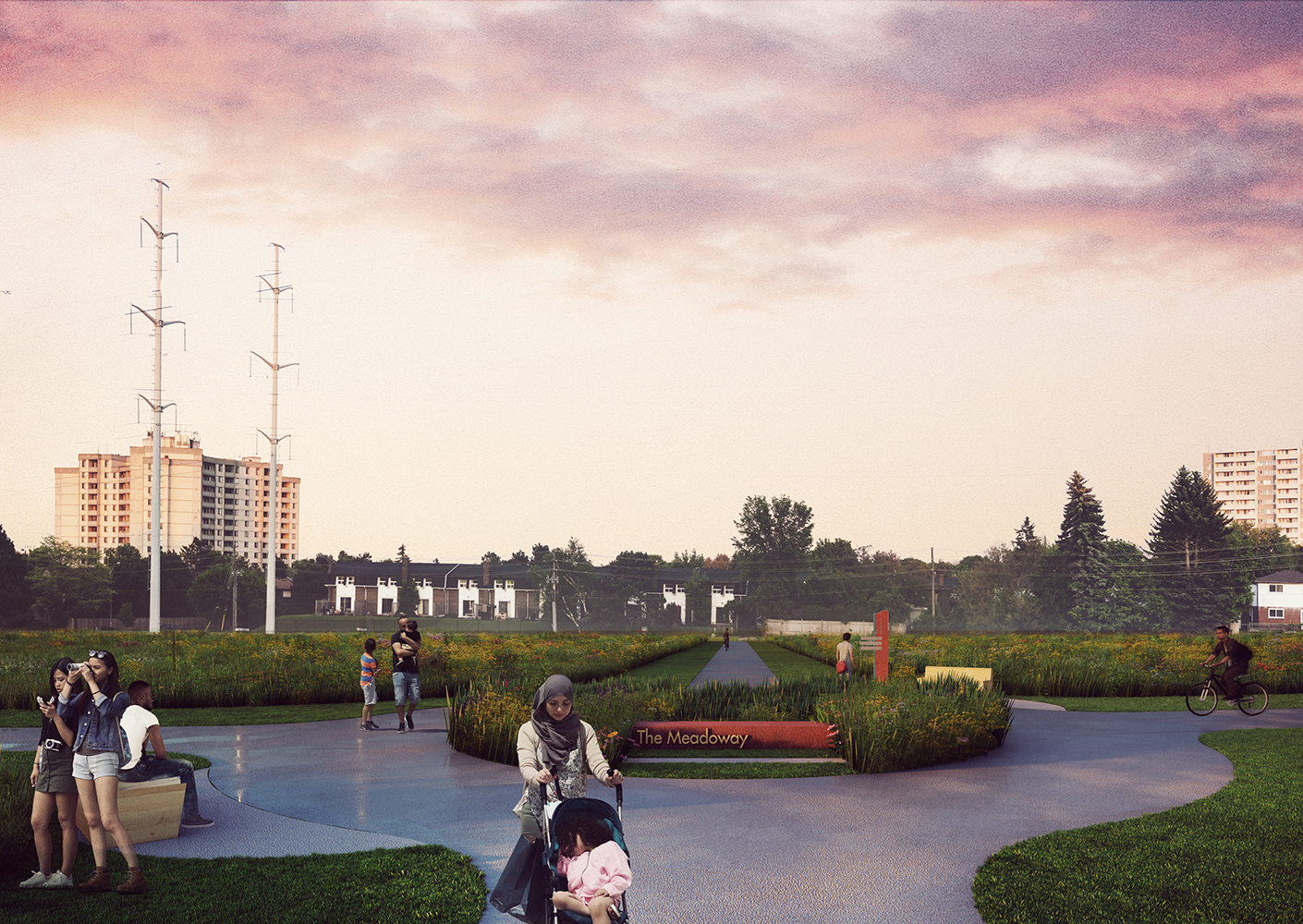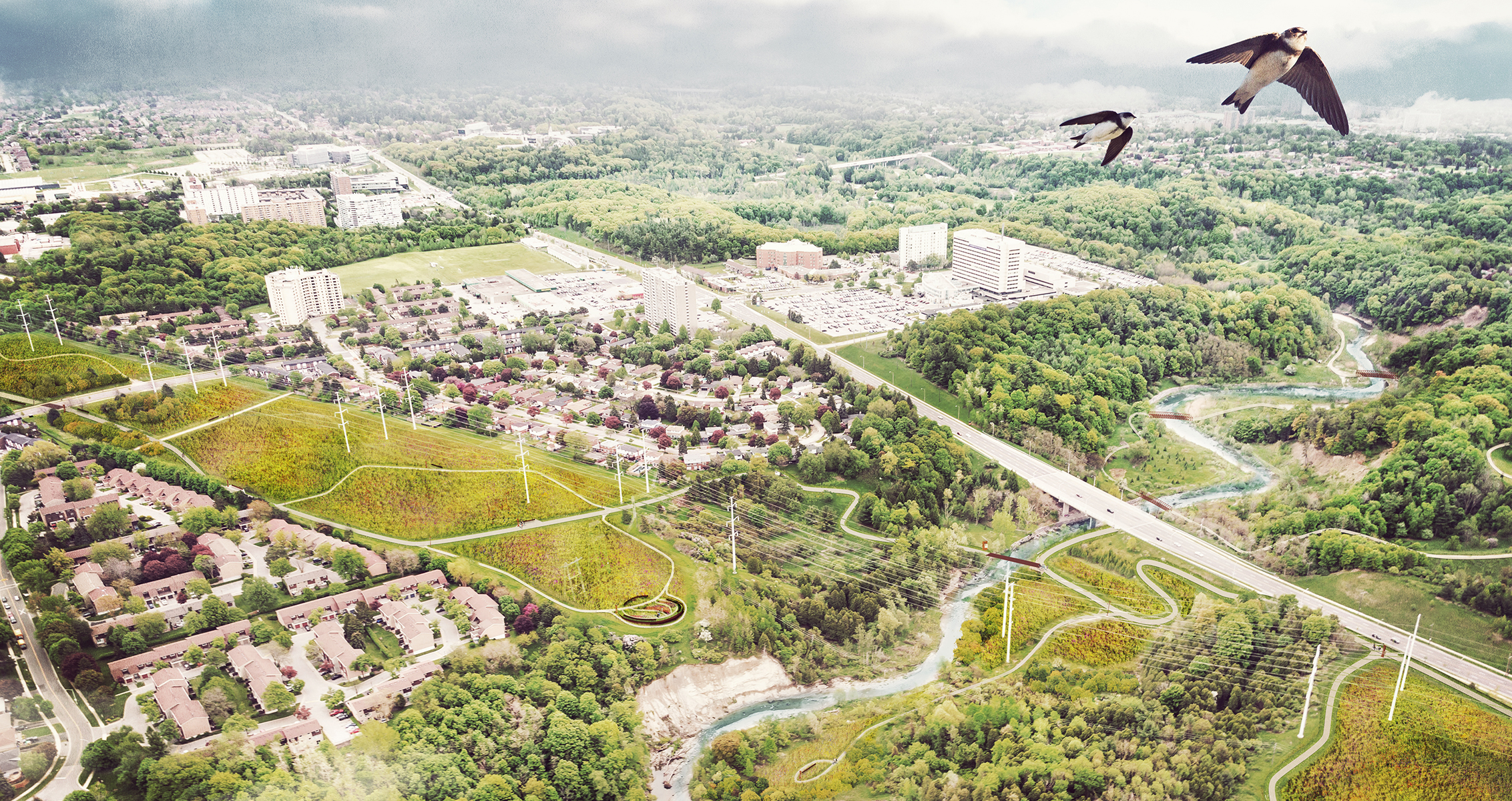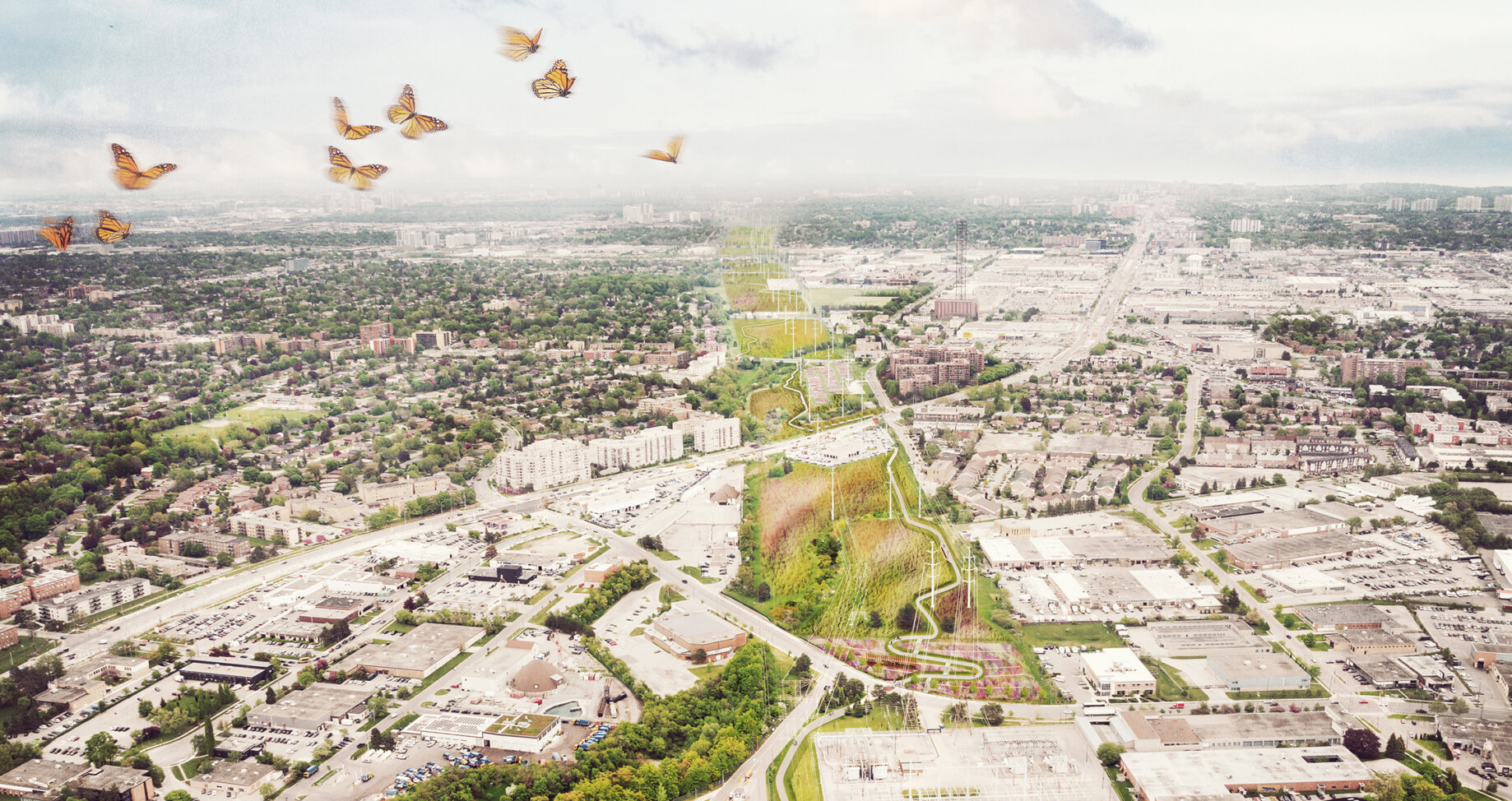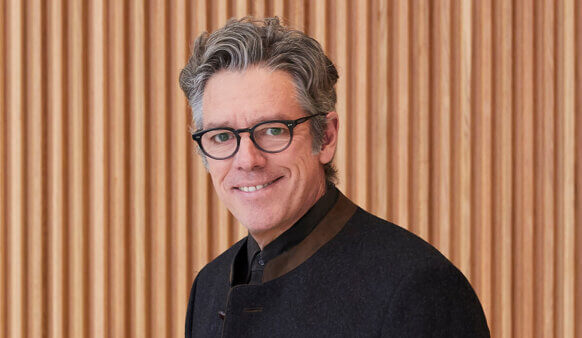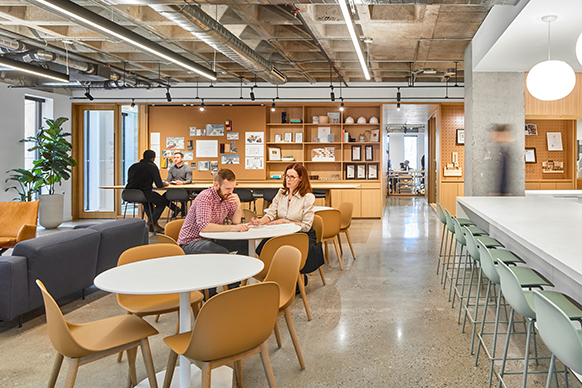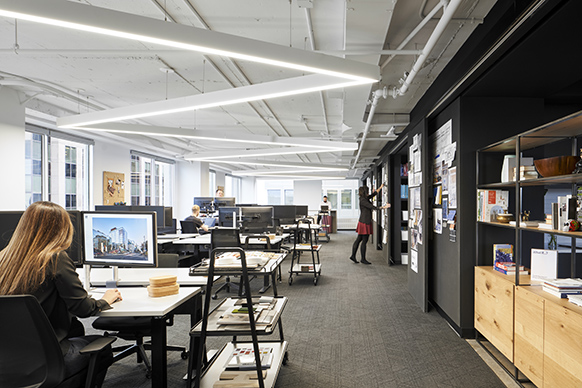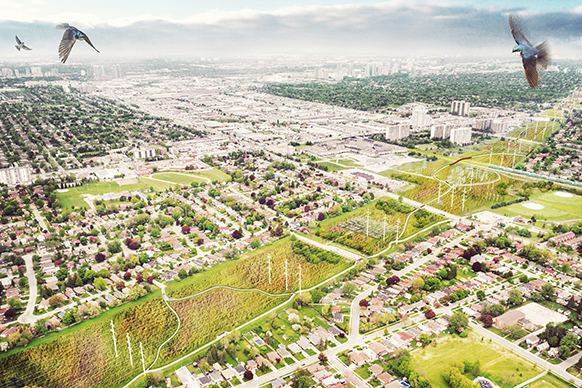The Architecture of Hygiene
The universal stay-at-home strategy is supported by unprecedented digital connectivity and an army of people delivering goods to our doorstep, continuing to operate at risk of exposure. Our fraught relationship with the public bathroom (and public amenities in general) makes it very difficult for food delivery drivers to maintain the recommended hand-washing regimen. In a recent trip to Mexico City, I was impressed by the ubiquity of clean, safe public restrooms. This infrastructure supports street vendors, buskers and other service providers who spend the whole day in the public realm. In this case—and in many European cities—the public privy is integrated into a significant public structure, such as in market halls, where washrooms have a full-time attendant. The Roman Empire built great basilicas for public hygiene. The architecture of the Ottoman Empire reached its highest point under Suleyman, an architect-ruler who elevated the act of cleansing before prayer to shape space. The procession through a traditional Japanese house starts with the removal of shoes, which conditions the occupant’s relationship with the ground plane. In Canada, we will need to reframe our relationship with public plumbing and amenities. If we are to control the current pandemic and mitigate the impact of future ones, the architecture of hygiene will need to make a resurgence.
The Time-Share City
The central business district of every city on earth has been vacated seemingly overnight. Venturing past the Perkins&Will studio downtown at Yonge and Adelaide last week, I was shaken by the emptiness. Will we ever return to this vast spatial inventory to work and socialize? Will we ever need the attendant public realm?
But in reality, the question is not “if “but rather “when” and “how” we migrate back into spaces. At first, we may take turns and maintain much of the work-from-home patterns that we have adopted. In order to maintain social distance during this reintegration period, we will likely reduce the density of people per hour, but will distribute this occupation over more of the clock face. Weeks and days without precise boundaries have already become familiar to us. Work-from-home has taught us that “rush hour” is an unnecessary construct, and that you should work when you feel productive. This all points to a new version of the city that would be more sparsely populated at any given hour, but be alive around the clock. This version of urban life may indeed have staying power, offering a healthier, more relaxed and open-ended experience.
The Natural City – Nature Strikes Back and Comes Back
A truly remarkable aspect of the current pandemic crisis is the speed and consistency with which governments around the world acted in unison to bring public life and economic activity to a virtual standstill in a matter of weeks. There are a few reasons to believe that such unilateral action to COVID-19 may bode well for another great threat: climate change. First, we have an awareness that governments actually can mobilize to address a common need. The muscles are there, and the motivation may become quite apparent through this present crisis. The global economy—and human activity in general—have been vastly curtailed for barely a month, and Mother Nature is already making a comeback. Carbon emissions are projected to drop by 4% compared to 2019 levels. More immediately felt is the migration of animal species back into the city, and the bold presence of urban fauna being seen by day in city parks, streets and college campuses. Could the city—occupied at a lower density—become the “natural city,” where the underutilized infrastructure of the pre-COVID-19 era is returned to natural systems that both enhance and support the urban experience?
